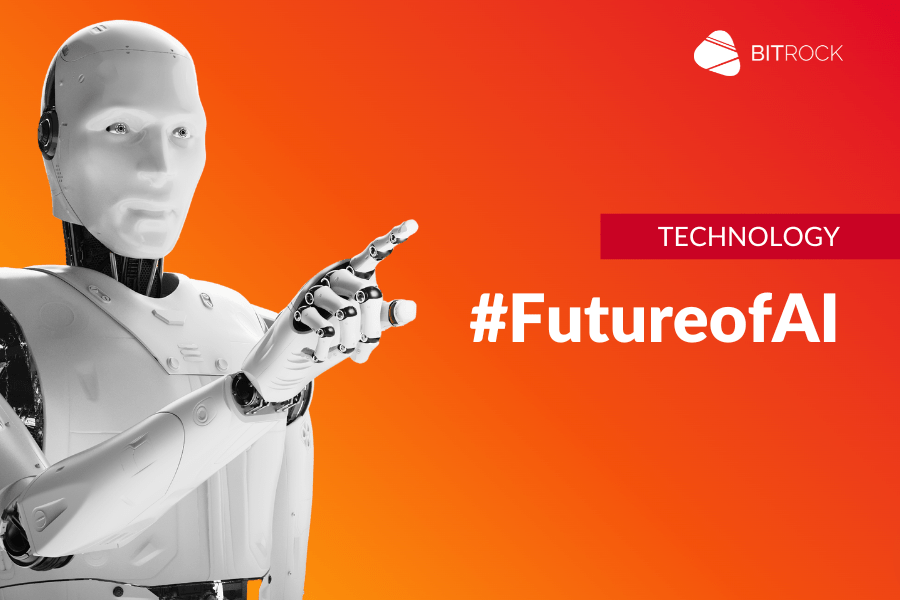As we stand on the dawn of a new era in Artificial Intelligence (AI), it is crucial to explore the trends that will shape its future. This blog post will cover three key areas: the resources needed to make use of AI, the role of Open Source and the future AI landscape.
Computational resources
The future of AI is tied to the evolution of computational resources, especially Graphic processing units (GPUs).
As AI applications become more sophisticated, the need for powerful GPUs and specialized hardware like Tensor Processing Units (TPUs) will only intensify. These resources are now becoming essential not only for training deep learning models, but also at inference time, that is for using a pre-trained model. In the next few years, the demand for GPUs will likely rise even more, generating a rise in AI’s prices. In this scenario, AI solutions based on open source tools can become valuable resources.
The Role of Open Source
Open source software has been of pivotal importance in the development of artificial intelligence so far. By making source code publicly accessible, open source projects allow developers to build upon existing work and share knowledge, accelerating the advancement of AI technologies.
In the “post-LLMs” AI scenario, open source also provides legal protections for developers and organizations developing AI-powered products. From a legal perspective, open source licenses offer protections against intellectual property disputes and, partially, against misbehaviours and errors on the AI side.
Open Source also ensures that contributions are recognized and that the software can be utilized freely within the bounds of the license. As more organizations embrace open source practices, we can anticipate a more inclusive and equitable AI landscape that prioritizes the needs of diverse stakeholders while protecting their rights.
Future Usage
This AI landscape in constant evolution is increasingly being shaped by Large Language Models (LLMs) and reasoning AI, which are designed to understand and generate human-like text while performing complex reasoning tasks. These technologies have the potential to revolutionize various sectors, including education, customer service, and content creation, by providing personalized learning experiences, automating responses, and generating high-quality content.
LLMs can also assist in writing code, executing commands, and even conducting data analysis, making them invaluable tools for software development and research. As LLMs become more sophisticated, they will enhance human productivity and creativity, enabling users to leverage AI as a collaborative partner in problem-solving and decision-making. This evolution will also lead to the emergence of a new workforce of AI engineers tasked with monitoring and maintaining AI models, ensuring their effectiveness and ethical compliance. However, it is essential to ensure that these systems are developed responsibly, with a focus on ethical considerations and minimizing biases to maximize their positive impact on society.
Ethical Concerns: Human in the loop
In this regard, the recent progress in artificial intelligence has raised significant ethical concerns. For example, the so-called ‘Skynet risk,’ where AI systems could operate autonomously and potentially pose threats to humanity, it’s not that far-fetched anymore. To mitigate this risk, it is crucial to implement a ‘human-in-the-loop’ approach, ensuring that human oversight remains integral to AI decision-making processes. By maintaining human control over critical AI functions, we can prevent unintended consequences and ensure that ethical considerations guide AI development. Existing regulations such as the AI Act in Europe are based on this and other principles that aim to harness the benefits of AI while safeguarding against its potential dangers.
Algorithmic bias is another issue that must be addressed. AI systems are only as good as the data they are trained on, and if that data reflects societal biases, the resulting algorithms may perpetuate discrimination. It is imperative for developers to implement fairness and transparency measures in their AI models to mitigate these risks.
Conclusion
The future of AI can be bright, driven by advancements in computational resources, transformative applications across industries, and a growing awareness of ethical considerations. But for a truly bright future, it is crucial for technical professionals to engage in discussions about responsible AI development and to advocate for practices that prioritize fairness, transparency, and accountability. By doing so, we can harness the full potential of AI while ensuring that it serves the greater good.
Main Author: Giovanni Vacanti, Data Scientist @ Bitrock

